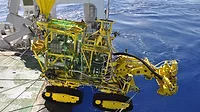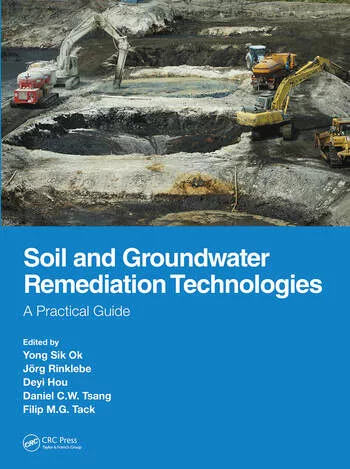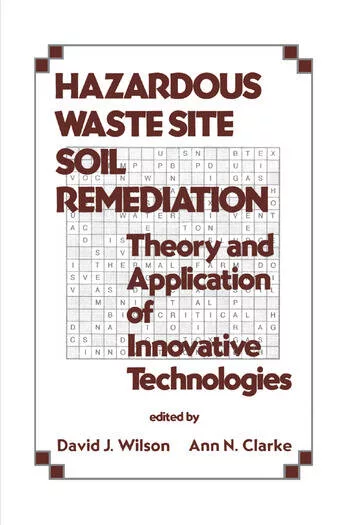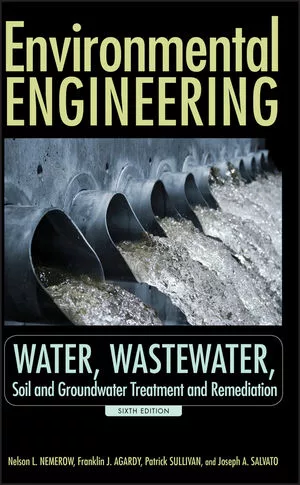TerraTherm develops high temperature thermal remediation process to treat target PFAS in the soil
Thermally remediating soil contaminated with PFAS has the potential to be an effective solution. TerraTherm has performed detailed lab studies to understand the removal mechanisms and developed a treatment method that mineralizes and removes nearly 100% of target and non-target PFAS compounds from the vapor discharge.
Thermal destruction of per- and polyfluorinated substances (PFAS) is a hot topic in the environmental remediation industry. In the lab, PFAS is destroyed at temperatures exceeding 350°C, but the potential formation and discharge of degradation compounds from the vapors are what has historically held the technique back from inclusion in the growing toolkit of available PFAS remediation technologies in the field.
Any thermal technology for destroying PFAS in ex-situ piles and in-situ of contaminated soil to below EPA’s Risk Soil Levels must likewise be paired with an effective vapor treatment system that removes both target and non-target PFAS, says John LaChance, the Vice President of Development at TerraTherm, a Cascade company. He calls it a complete treatment.
“Whether it’s our usual contaminants, or PFAS, or PCBs or dioxins, we can provide a complete treatment so that it is no longer a liability,” LaChance says, noting soil removal and disposal in a landfill isn’t always ideal for clients. That’s why TerraTherm has already deployed their thermal remediation technology in 20-plus large-scale projects, including removing dioxins left behind by Agent Orange in Vietnam from impacted soil and sediment.
“There’s a cost premium that certain clients, certain projects are willing to pay for that. But it depends on the marketplace,” LaChance concludes. “We’re offering a service that a lot of clients will be interested in.”
To hear the full conversation, listen to the podcast below.







